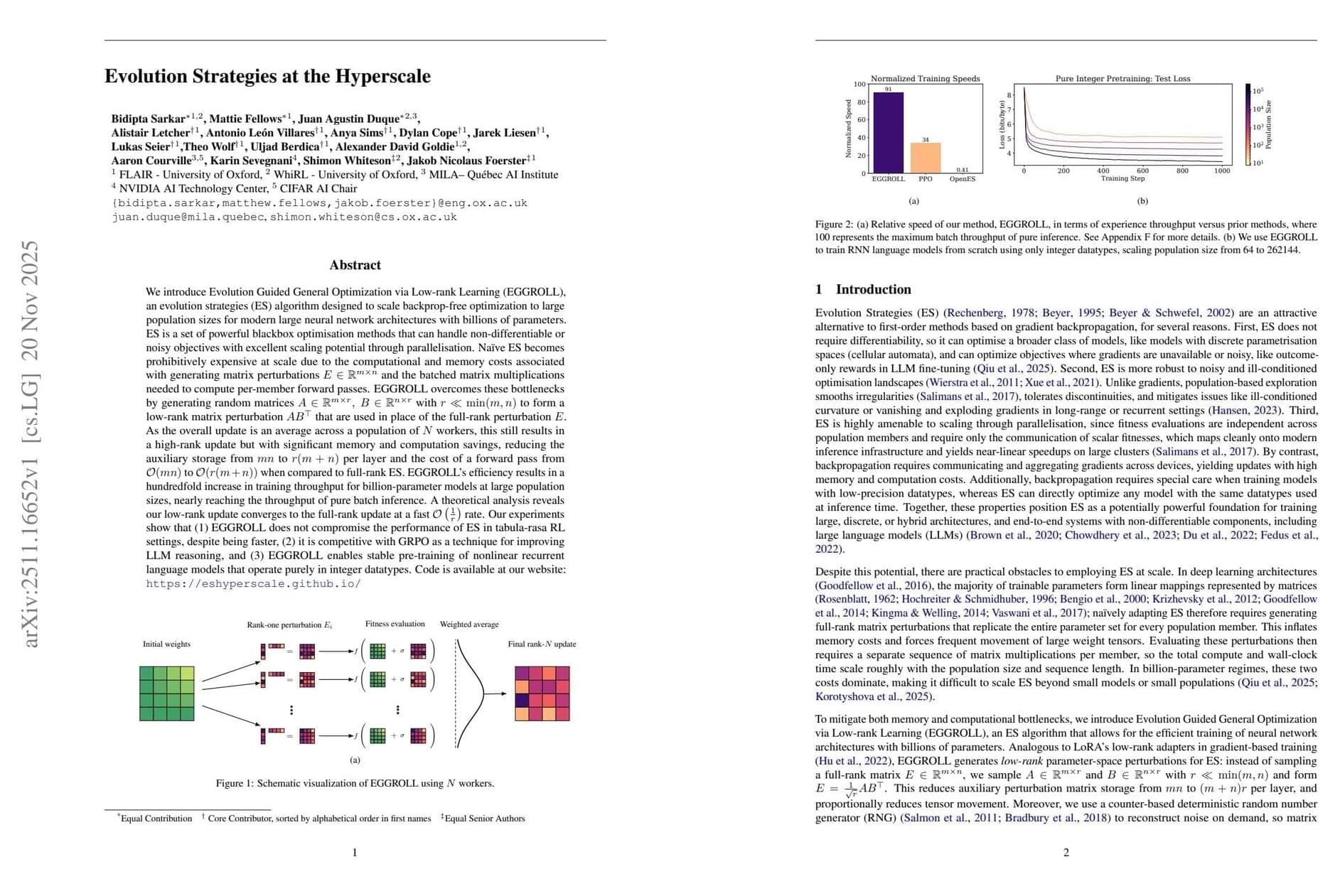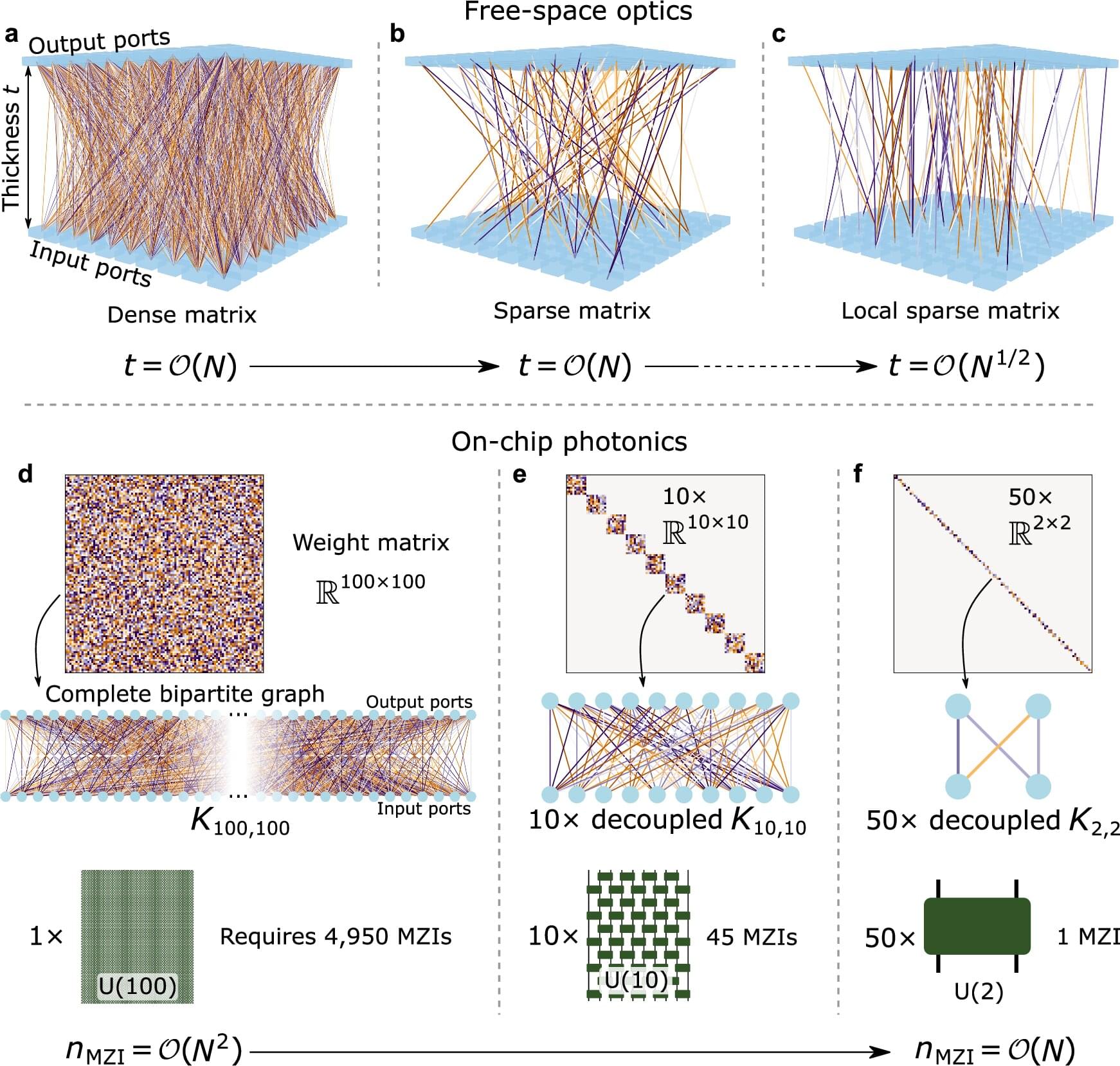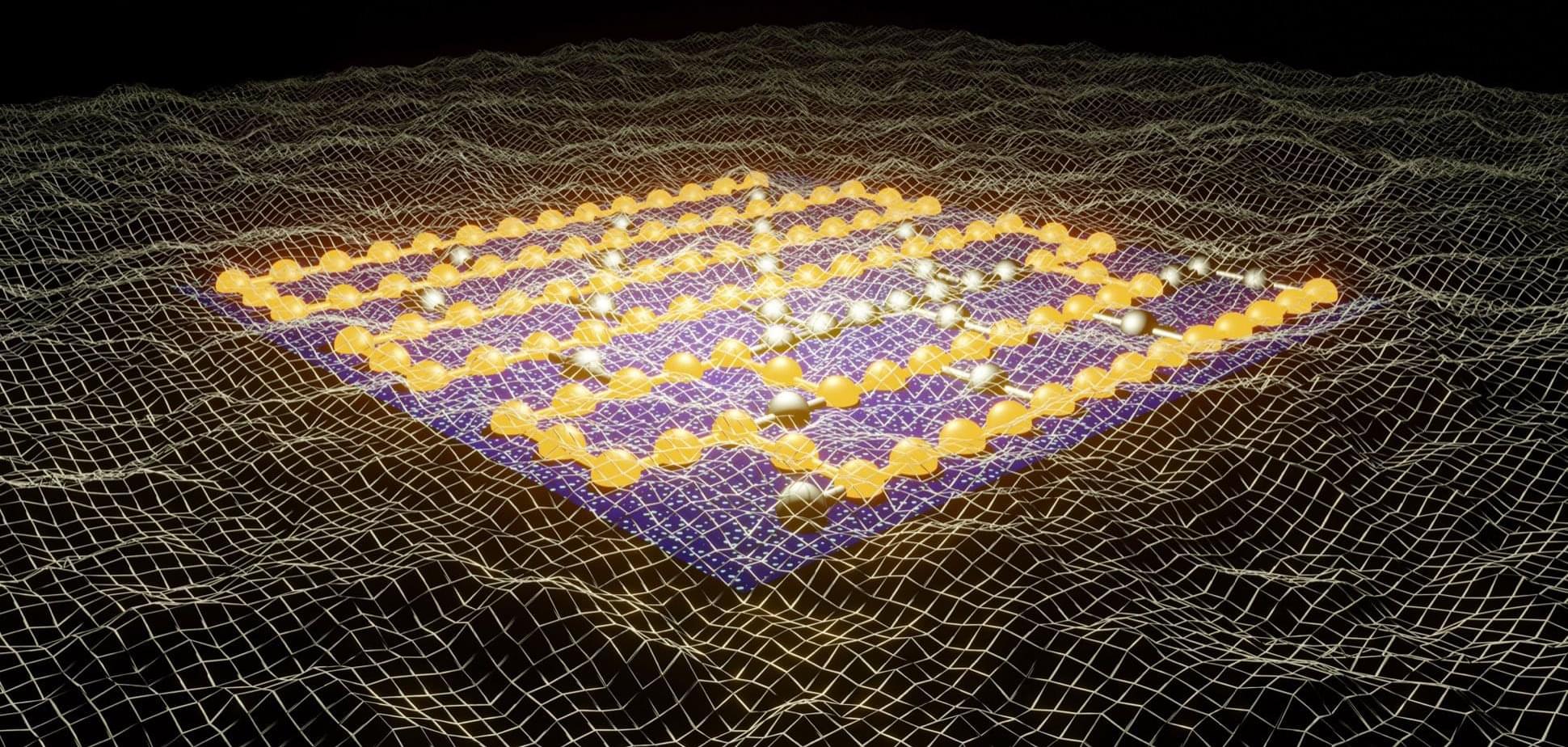A vast region of our solar system, called the Kuiper belt, stretches from the orbit of Neptune out to 50 or so astronomical units (AU), where an AU is the distance between Earth and the sun. This region consists mostly of icy objects and small rocky bodies, like Pluto. Scientists believe Kuiper belt objects (KPOs) are remnants left over from the formation of the solar system.
Now, a new preprint paper on arXiv describes a newly identified region that appears to be completely distinct from other parts of the Kuiper belt—but some uncertainty remains.









